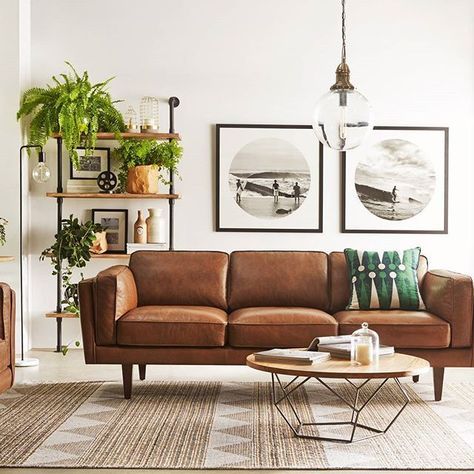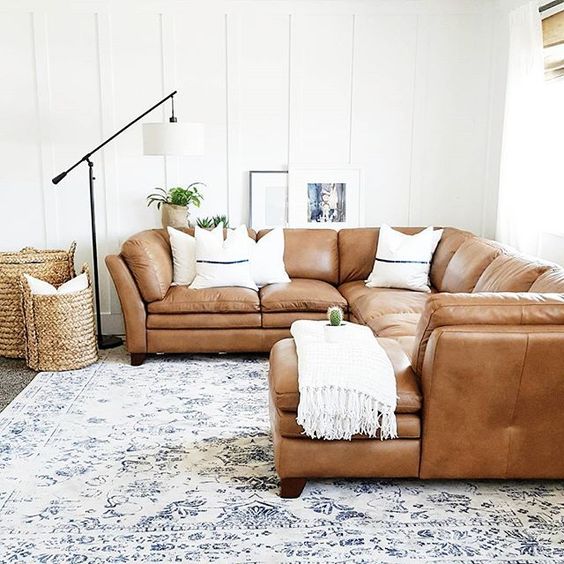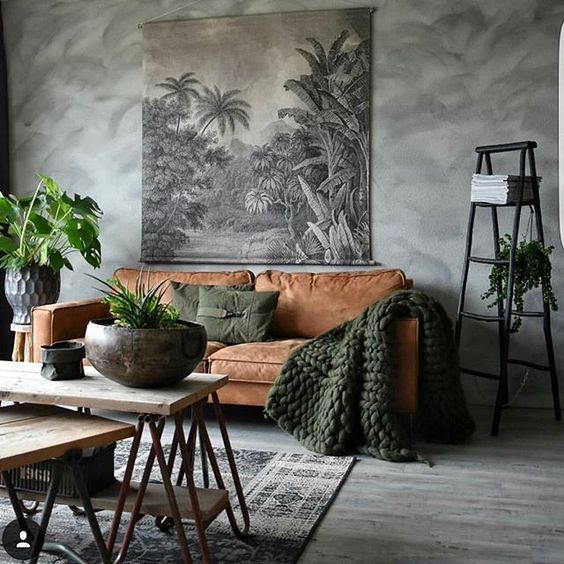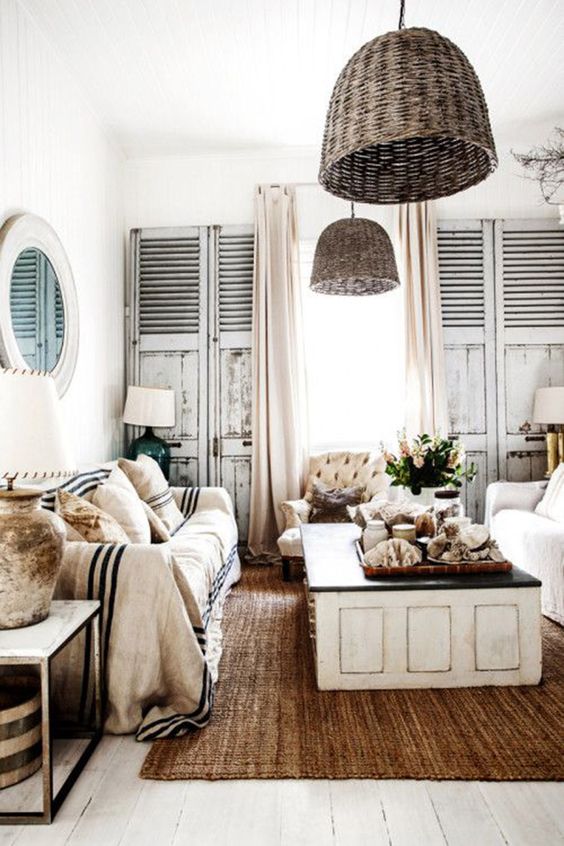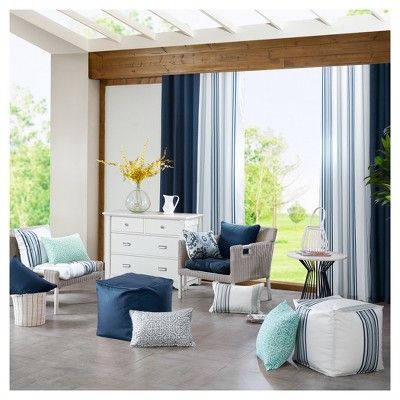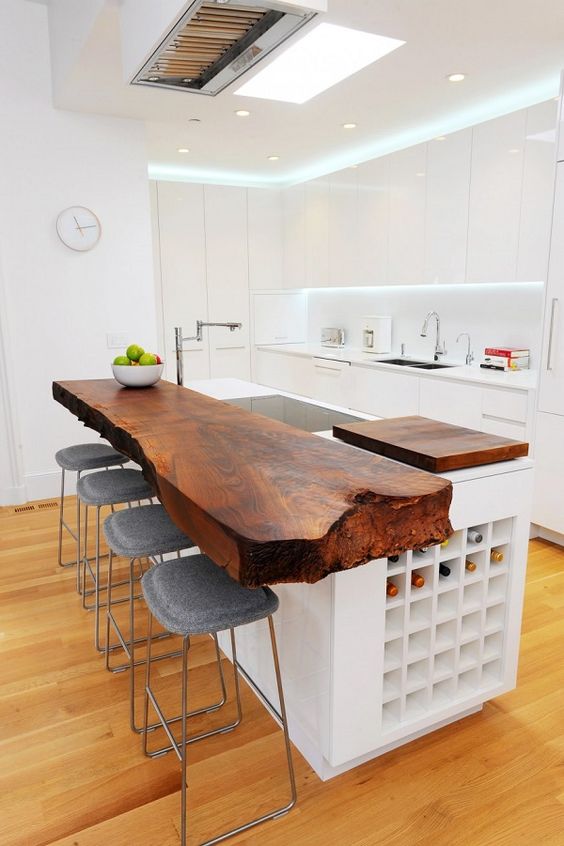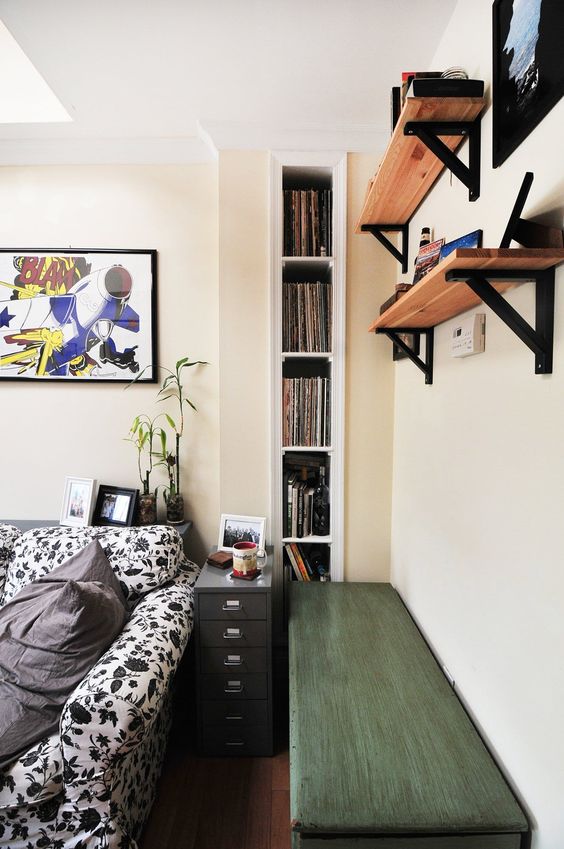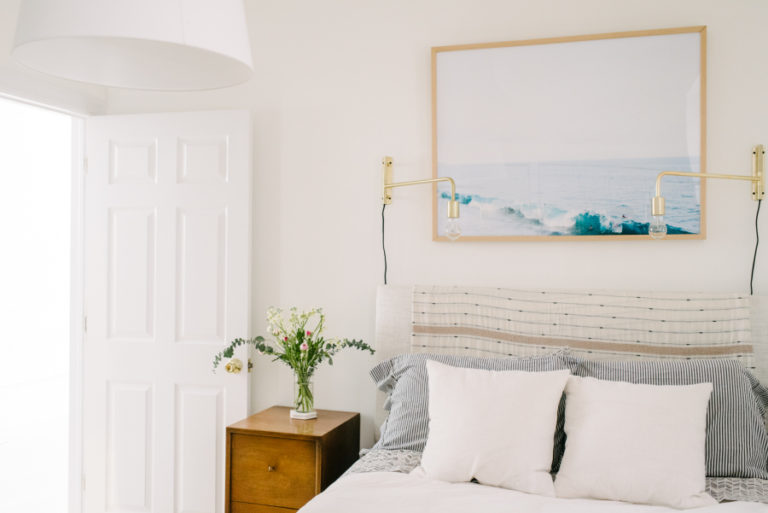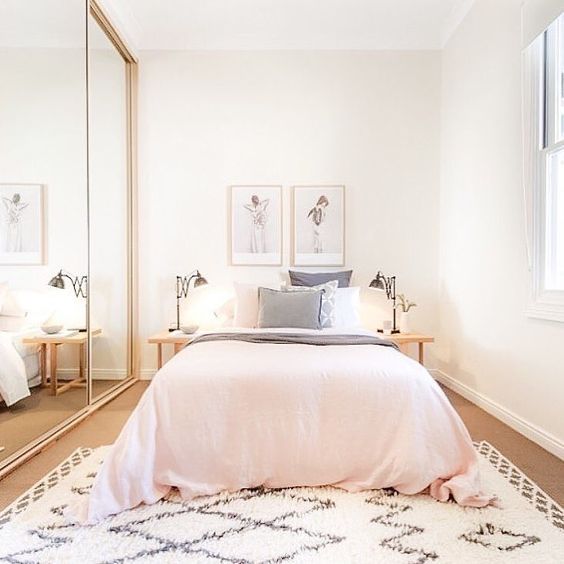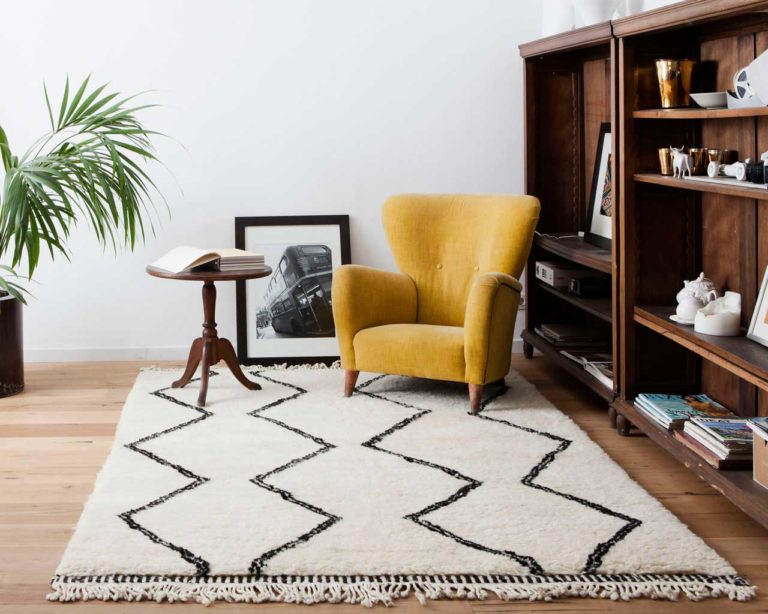The Decor Defender – 7 Tips For Protecting Your Furniture From Wear & Damage
Furniture can be a substantial investment – so much so that people have been known to spend many thousands of dollars on purchasing top of the range, luxurious pieces, only to keep them covered in plastic for fear of them being damaged.

It is true that every day wear and tear can be an assault on furniture and home decor – but there ways to protect and maintain fine furnishings to enable you to enjoy a lifetime of pleasure from them.

Small pests
Having your furniture demolished from the inside is a huge issue, especially if you are fond of frequenting second-hand sales and auctions. Borers and white ants can degrade the integrity of the wood, leaving unsightly holes and widespread damage.

If you have bought, inherited or introduced an old piece of furniture into your decor, it would be wise to consider termite treatment now, to prevent the risk to other furniture and even the integrity of your home’s window sills, door frames and structure.
Big pets
If there is anything more irritating than spending thousands on a new piece of furniture only to see the cat sharpening its claws on it, I don’t know what it is.
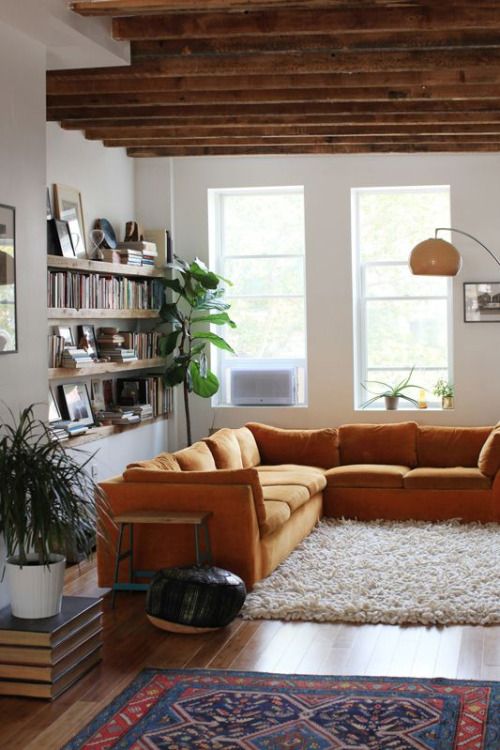
Whilst you can buy sprays to keep pets away from your furniture, putting some vinegar in a spray bottle and spritzing any areas you want to keep them away from, is a cheap and simple deterrent.
Cats naturally want to scratch things that have the right texture. Provide them with a scratching post and run their paws over it a few times to transfer their scent onto it. Training involves a process which teaches them where they are allowed to scratch and where they aren’t.
Corners of sofas seem to appeal to cats the most and discreet plastic protectors can be used to ensure these corners are kept away from sharp claws.
Denim on leather
White leather couches and denim don’t mix. The constant contact will cause dark patches which can be difficult to remove. Using special leather protective conditioners and waxes can minimize the problem of staining but cannot prevent it.
One solution to the problem is to ask anyone wearing dark denim to sit on another chair and have a special recliner in place for just such an occasion.
Anti-macassars
The areas of a sofa which suffer the most from the natural skin and hair oil contact, are the arm and headrests. Anti-macassars have been around for years but they are still one of the most effective barriers to avoid unsightly marking and wear to your furniture fabric.
Couch covers
Modern couch covers come in a number of fashionable styles. Many of them are made from stretch fabric, allowing easy removal. They are also a great way to quickly change the look of a room or update a colour scheme.
Scotchgard
Scotchgard has become synonymous with furniture protection. Originally a brand name, the word Scotchgard is generally understood to mean a process of applying a protective coating to fabric to keep it clean. There are a number of similar products on the market which perform the same function – to repel liquids or resist staining on fabrics.
Cleaning and waxing wood
Wood wax has been used for centuries to create a protective barrier over wood, buffing and enhancing its finish and avoiding discolouration. Beeswax is a natural and commonly used wax but there are numerous cleaning products and waxes available on the market – each claiming multiple benefits.
Your furniture may be one of the largest investments you make over the course of a lifetime. It seems obvious that going the extra mile to employ some simple protective measures to keep it looking good, whilst also being able to use it comfortably, is a sensible approach.
Hopefully, some of these simple suggestions will help to maintain the beauty and usefulness of your prized furniture, for many years to come.

